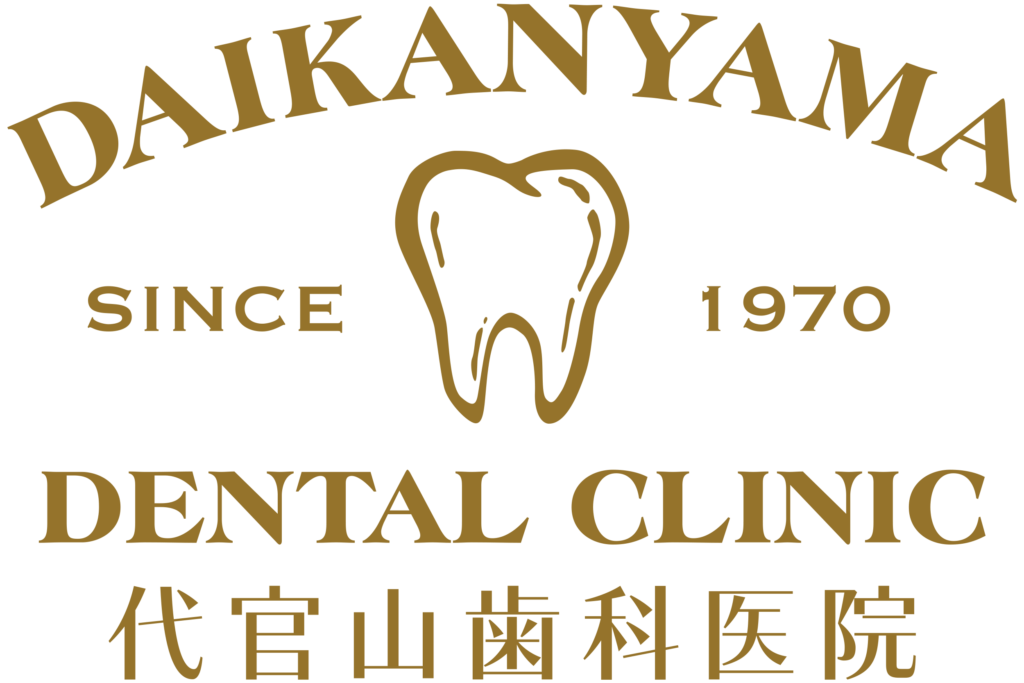Contact Us
- 03-3462-0787
Dental Implants
Dental Implants

Implant dentistry is the most advanced and clinically successful therapy available to replace a missing tooth or teeth.
Dr. Yasufumi Hanawa received his dental degree from Nihon University School of Dentistry at Matsudo in Japan.
After Completing his comprehensive dental care training from the Advanced Program in Comprehensive Dentistry at New York University College of Dentistry, he completed a two-year full time training in Implant Dentistry from the Postdoctoral Advanced Education program in the Department of Periodontology and Implant Dentistry at New York University College of Dentistry.
Dr. Hanawa helps patients achieve the best smile possible through a comprehensive and multidisciplinary approach to treatment.
Implant dentistry is the most advanced and clinically successful therapy available to replace a missing tooth or teeth.
Dr. Yasufumi Hanawa received his dental degree from Nihon University School of Dentistry at Matsudo in Japan.
After Completing his comprehensive dental care training from the Advanced Program in Comprehensive Dentistry at New York University College of Dentistry, he completed a two-year full time training in Implant Dentistry from the Postdoctoral Advanced Education program in the Department of Periodontology and Implant Dentistry at New York University College of Dentistry.
Dr. Hanawa helps patients achieve the best smile possible through a comprehensive and multidisciplinary approach to treatment.
<Implant Specialist>
From 2006 to 2009, Dr. Yasufumi Hanawa completed 1 year full-time training in Comprehensive Dentistry and 2 years in full-time training in Implant Dentistry at New York University College of Dentistry. He participated in more than 2500 cases of dental implants treatments including the ones in the U.S and in Europe.
What are dental implants?
The steps in dental implant procedure
Why choose guided implant surgery?
Will I need a bone graft for dental implants?
Why is dental implant check up important?
Fee schedule
What are dental implants?
The steps in dental implant procedure
Why choose guided implant surgery?
Will I need a bone graft for dental implants?
Why is dental implant check up important?
Fee schedule
What are dental implants?
Implant dentistry is the most advanced and clinically successful therapy available to replace a missing tooth or teeth.
The dentist surgically places the implant into the jawbone.
The bone around the implant heals in a process called osseointegration.
Patients need to wait until the implant is completely integrated, up to several months.
The dentist will customize a new tooth for you, called a dental crown.
The crown will be based on size, shape, color and fit, and will be designed to blend in with your other teeth.
Implant dentistry is the most advanced and clinically successful therapy available to replace a missing tooth or teeth.
The dentist surgically places the implant into the jawbone.
The bone around the implant heals in a process called osseointegration.
Patients need to wait until the implant is completely integrated, up to several months.
The dentist will customize a new tooth for you, called a dental crown.
The crown will be based on size, shape, color and fit, and will be designed to blend in with your other teeth.
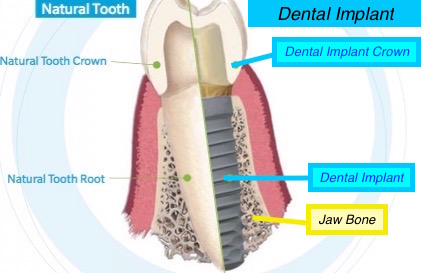
What are the benefits?
Restore Your Mouth to its Most Natural State
Dental implants are the closest thing to natural teeth. Function and feel more like natural teeth than alternative solutions.
Improve Your Appearance
Dental implants improve your appearance, self-confidence, and give you a new peace of mind.
Enhance Your Overall Quality of Life
Dental implants help you look and feel better, regain your self-esteem, and have a better quality of life
Keep Natural Healthy Teeth Healthy
Dental implants allow you to keep as many of your natural teeth as possible.
Dental implant treatment options




The steps in dental implant procedure
Please contact us for information about dental implant treatment. The treatment procedure, fee and schedule differs depending on your condition.
Please contact us as soon as possible if you’ve had your tooth extracted within 6 weeks. We consider that it’s appropriate to do the bone graft within 6 weeks from the extraction.
The time to consider having a dental implant is before it is ever extracted. As soon as the tooth is extracted the bone will begin to shrink. You can not stop this from happening.
Please contact us for information about dental implant treatment. The treatment procedure, fee and schedule differs depending on your condition.
Please contact us as soon as possible if you’ve had your tooth extracted within 6 weeks. We consider that it’s appropriate to do the bone graft within 6 weeks from the extraction.
The time to consider having a dental implant is before it is ever extracted. As soon as the tooth is extracted the bone will begin to shrink. You can not stop this from happening.
Dental Implant Procedure: A Step by Step Guide
*Treatment procedure, fee, and schedule differ if you already had extraction, or depening on the parts, bone condition, and so on.
1.Inquiry

2.Comprehensive exam

First we check the overall condition. We discuss whether a dental implant is right for you or not. Other treatments should be considered, too. If you have any problems, such as cavity or gum disease, we should treat them first.
3.Exam & diagnosis of bone condition / Treatment plan

You will take a CT scan at the specialized facility. The data will be converted into 3D data, and the doctor analyzes the data and he will make a treatment plan for you. Good bone quality is essential for dental implant treatment. If you do not have enough bone, then bone graft surgery will be needed. (You will lose more bone after the extraction.)
4.Extraction & Bone Graft

We do extraction and bone graft at the same time or do the bone graft 3-6 weeks after the extraction. (Even if you have enough bone, your bone will begin to shrink after extraction.)
5.Exam & diagnosis of bone condition / Treatment plan

You will take a CT scan again to check the bone quality 6 months after the extraction and bone graft. This time, you will wear CT stent while taking CT scan. A CT stent will let us simulate the implant size, direction, and crown shape so that we will know if we can place the implant safely or not. If you get enough bone, we proceed to the implant treatment. If not, we will discuss other treatment options.
6.Implant Placement (First surgery)

We place the implant into the bone. We will wait at least 6 months until the implant is completely integrated.
7.Healing Abutment Placement (Second surgery)

We put a healing abutment onto the implant (it will stick out from the gum.) We will wait a few months to heal.
8.Final Crown Procedure

When your gum heals, we will start making a final crown. It will take several visits / a few months.
9.Maintenance

Once all the treatments are finished, periodic maintenence will be necessarily. Right after you get a new implant, we ask you to come for a maintenance once a month.
*This is dental implant procedure basics as a step by step process. There will be some other detailed treatments, such as cleaning before the surgery and disinfection after the surgery. Also we might need to proceed with some other treatments on the parts at the same time.
Why choose computer-guided implant surgery?
Why choose computer-guided implant surgery?
Computer-guided surgery uses the images from the patient’s CT scan to precisely plan implant treatment. Guided surgery software allows you to visualize and manipulate images of the patient’s jawbone and the surrounding tissue, giving you the opportunity to plan the most accurate approach to treatment. CT images clearly show the available bone, location of the nerve, the thickness of soft tissues, vital structures, and the root anatomy and proximity of adjacent teeth.
The main benefits of using computer-guided surgery include precise and accurate implant placement. The ability to visualize vital anatomical structures allows you to better preserve them during guided surgery. In comparison, while traditional surgical guides can provide a predictable outcome, they tend to be trickier to use, especially in the absence of any anatomical references. Detailed treatment planning beforehand helps to reduce or eliminate unexpected events during surgery.
Computer-guided surgery uses the images from the patient’s CT scan to precisely plan implant treatment. Guided surgery software allows you to visualize and manipulate images of the patient’s jawbone and the surrounding tissue, giving you the opportunity to plan the most accurate approach to treatment. CT images clearly show the available bone, location of the nerve, the thickness of soft tissues, vital structures, and the root anatomy and proximity of adjacent teeth.
The main benefits of using computer-guided surgery include precise and accurate implant placement. The ability to visualize vital anatomical structures allows you to better preserve them during guided surgery. In comparison, while traditional surgical guides can provide a predictable outcome, they tend to be trickier to use, especially in the absence of any anatomical references. Detailed treatment planning beforehand helps to reduce or eliminate unexpected events during surgery.
Computer-guided surgery uses the images from the patient’s CT scan to precisely plan implant treatment. Guided surgery software allows you to visualize and manipulate images of the patient’s jawbone and the surrounding tissue, giving you the opportunity to plan the most accurate approach to treatment. CT images clearly show the available bone, location of the nerve, the thickness of soft tissues, vital structures, and the root anatomy and proximity of adjacent teeth.
The main benefits of using computer-guided surgery include precise and accurate implant placement. The ability to visualize vital anatomical structures allows you to better preserve them during guided surgery. In comparison, while traditional surgical guides can provide a predictable outcome, they tend to be trickier to use, especially in the absence of any anatomical references. Detailed treatment planning beforehand helps to reduce or eliminate unexpected events during surgery.
<Why CT Scans are Necessary for Dental Implants?>
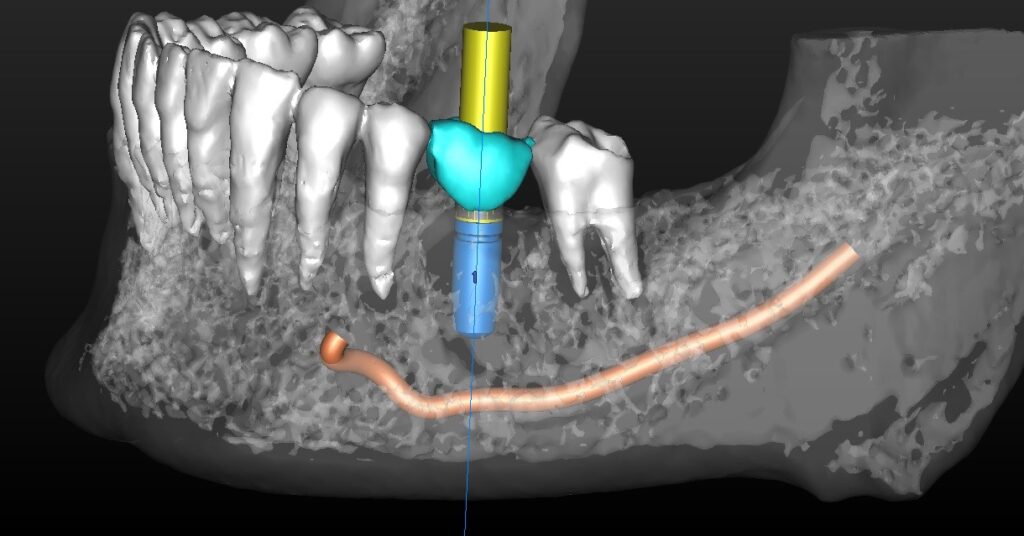
The dental CT scan provides three-dimensional images of your mouth and jaw, which shows oral surgeons the density and mass of your jawbone and the location of your nerves and sinuses. These are important facts to know for the surgeon to successfully place your dental implants without damaging your teeth or jawbone.
<Why Do I Need a Dental CT Stent?>

A CT stent is an appliance used for radiographic evaluation during treatment planning for implant placement to locate optimal implant placement site. The stent with dental CT scan enables the dental team to identify specific sites of prospective implant surgery and hence determines the optimal position and angulation of implant relative to occlusal load.
<What is Guided Implant Surgery?>
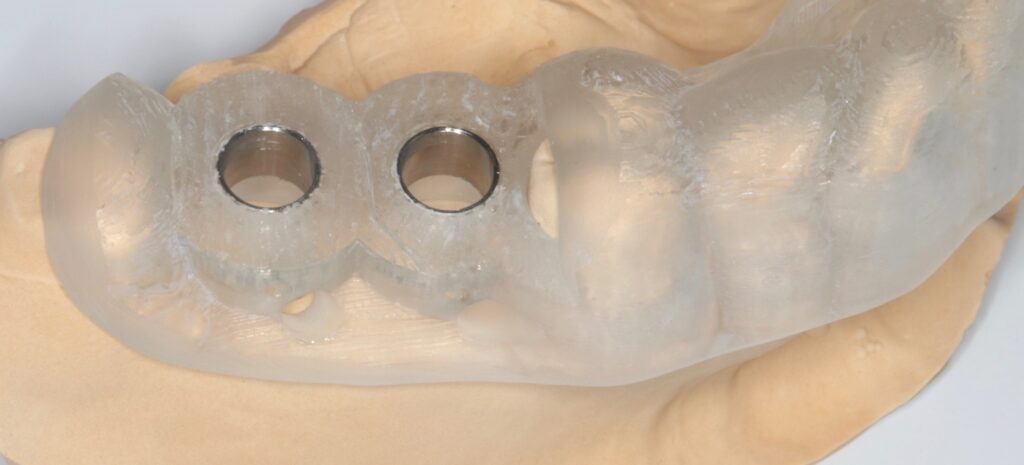
Guided implant surgery has the highest level of accuracy and control, in which osteotomy is designed and printed through a digital surgery guide, and depending on the complexity of the case and the patient's anatomy, it has a higher level of value than freehand surgery. The surgical guide helps the surgeon make the implant surgery more accurate and safer. In fact, there are patterns that convey information about the position of the tooth to the dentist before the implant is placed.
A safe implant procedure
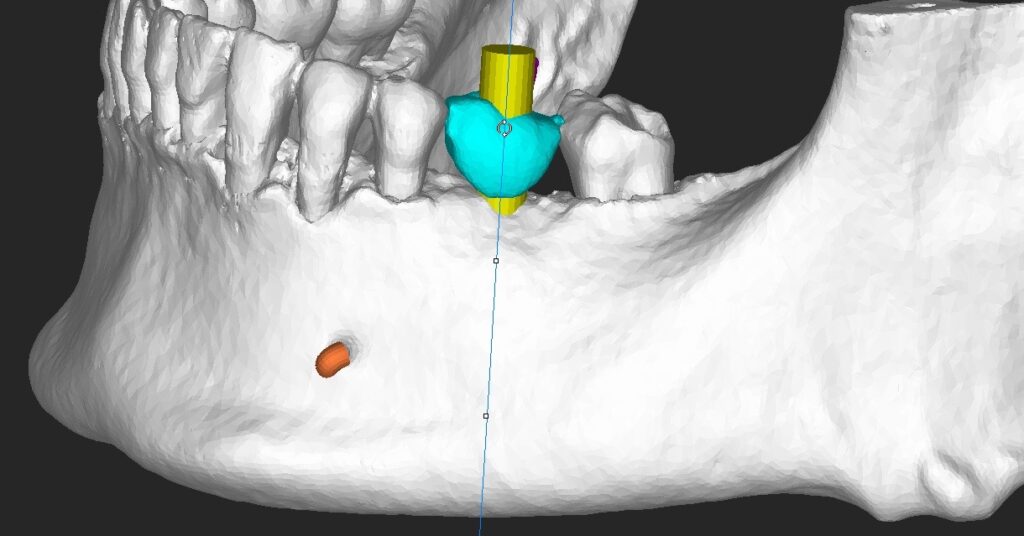
It’s parallel to the adjacent teeth. It looks good. But is it?
A safe implant procedure
Improper implant placement
Proper Planning
Guided implant surgery has the highest level of accuracy and control. The surgical guide helps the surgeon make the implant surgery more accurate and safer.
Improper Planning
freehand surgery
Case 1
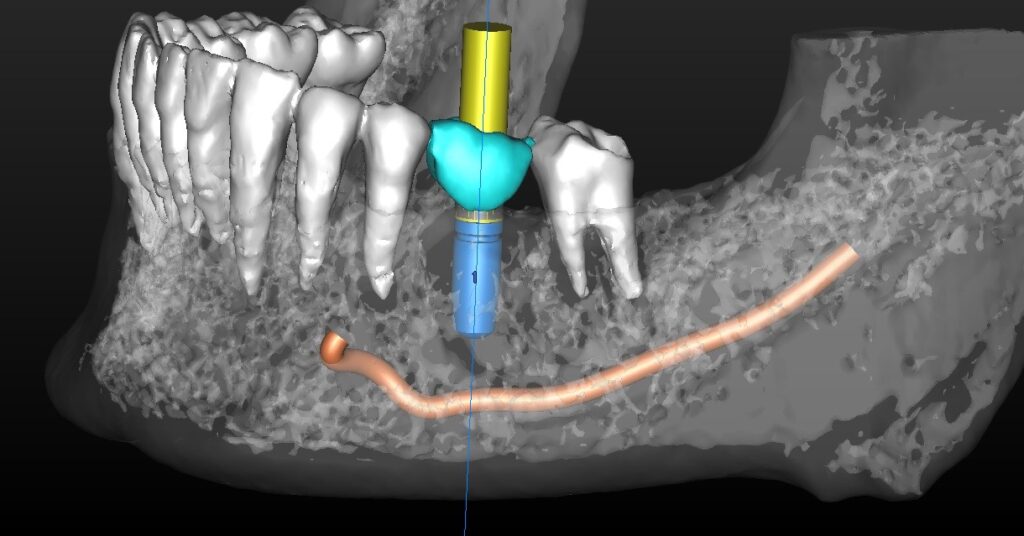
We use advanced technology to protect our patients from nerve injuries. Our process always begins with CT scan 3D imaging and digital x-rays, which allow us to measure the height and width of your jawbone with greater accuracy, eliminating the potential for drilling too deep and reaching the inferior alveolar nerve.
Case 1
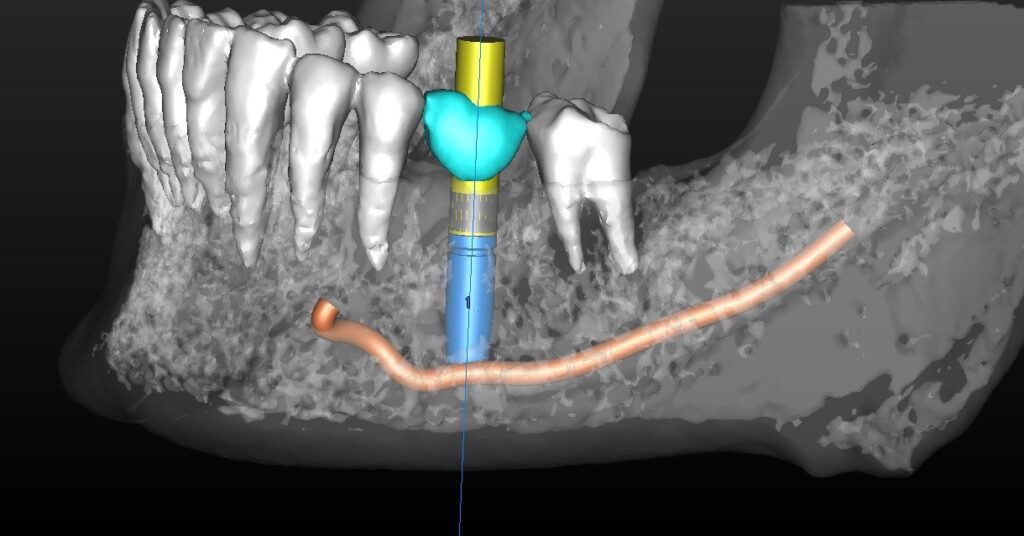
Drilling in the lower jaw is too deep and the inferior alveolar nerve is injured. This is a serious injury that can cause a great deal of pain. Prompt treatment is necessary, but even then, the injury may be permanent
Case 2
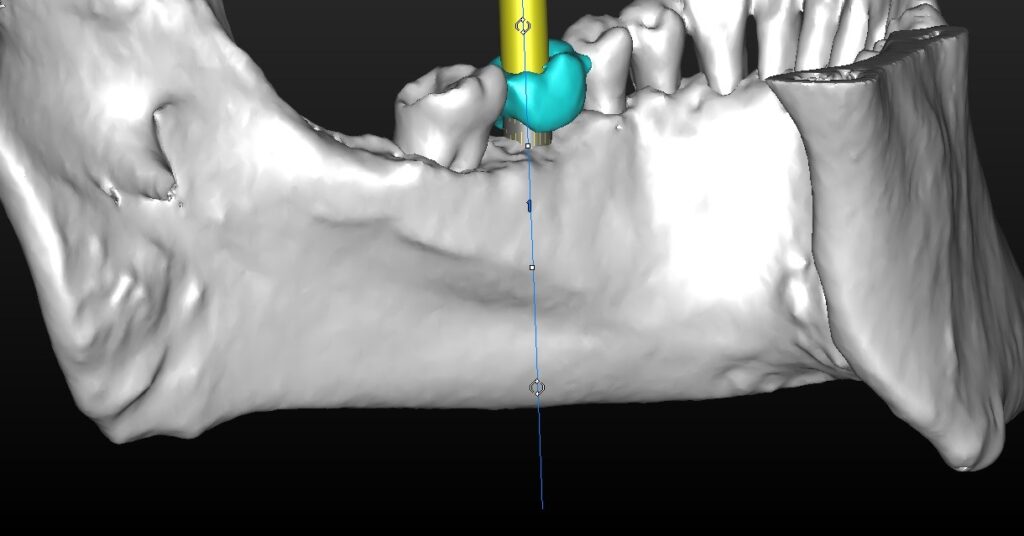
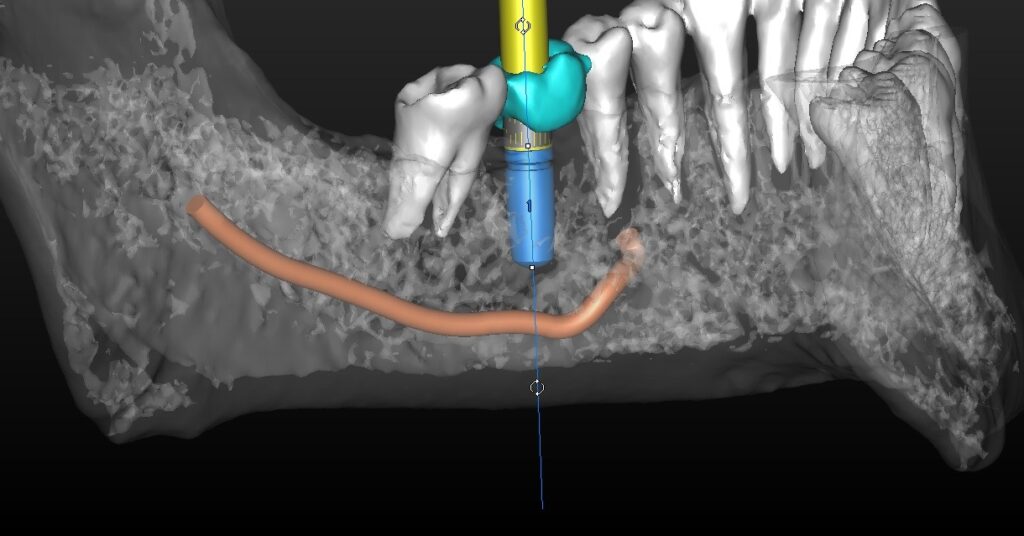
Guided implant surgery has the highest level of accuracy and control, in which osteotomy is designed and printed through a digital surgery guide, and depending on the complexity of the case and the patient’s anatomy, it has a higher level of value than freehand surgery.
Case 2


Injury or damage to surrounding structures, such as other teeth or blood vessels.
Will I need a bone graft for dental implants?
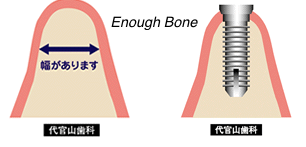
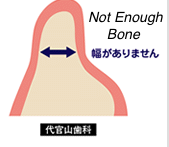
Socket Preservation
Did you know the jawbone immediately begins reshaping and re-contouring the minute a tooth is extracted – or pulled? The body is a very efficient machine, and it doesn’t like to waste resources. Because of this we like to use a technique called socket preservation to counteract this natural occurrence. When we extract a tooth from the jaw, the alveolar ridge – the strip of bone that surrounds the roots of teeth – begins to dissolve away and disappear. The body recognizes the tooth is gone, so it goes to work demolishing unnecessary tissues to conserve energy, materials and blood supply. Unfortunately, the alveolar ridge can’t be replaced without surgical intervention. So, we use socket preservation – a form of bone grafting – to protect and preserve this essential ridge and the surrounding bone tissue until dental implants are inserted and established into the jawbone matrix.
<CASE1 Molar area>
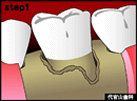
STEP 01
Example of a tooth requiring extraction.
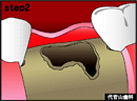
STEP 02
Atraumatic extraction helps to preserve the bone.
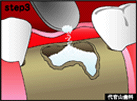
STEP 03
The socket was filled with bone graft material.

STEP 04
A barrier membrane was placed to protect the bone graft material.
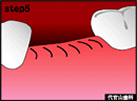
STEP 05
Sutures are placed to hold the membrane in place.
<CASE2 Front tooth area>

STEP 01
Example of a tooth requiring extraction.

STEP 02
After tooth extraction it is apparent there is a break in the bone that will allow soft tissue to grow in.

STEP 03
Bone graft material is placed and a barrier membrane protects against gum tissue growing into the bone graft.

STEP 04
Sutures are placed to secure everything in place.
GBR (Guided Bone Regeneration)
Guided Bone Regeneration(GBR) is a surgical technique to regenerate local bone defects at potential implant sites. GBR utilizes a barrier membrane to occlude soft-tissue cells and allow slower growing bone cells to repopulate the defect and regenerate bone.
<CASE1>

<CASE2>
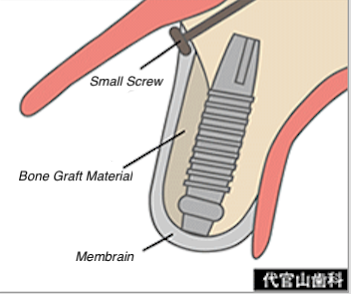
<CASE3>
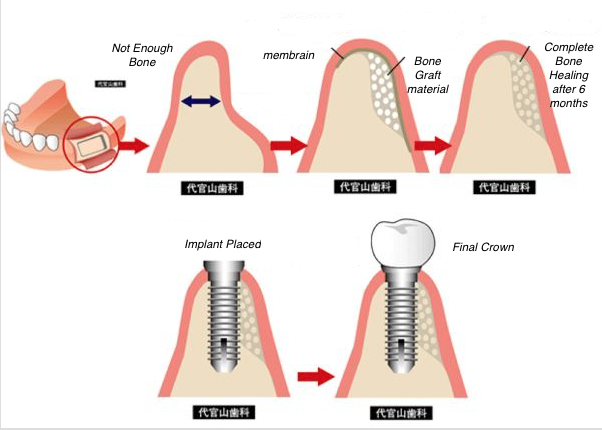
Sinus Floor Augmentation
It's a surgical procedure which grafts bone to the upper jaw at the position of the molar and premolar teeth. The maxillary sinus membrane is lifted upwards to make space for the additional bone. The sinus system has several parts but it's the maxillary sinuses which sit closest to our teeth. You might sometimes get a toothache when you have congestion or a bad cold – this is because the pressure on the sinuses transfers to the tooth roots in the upper jaw. The technical name for this procedure is a “maxillary sinus floor augmentation”, but you may also hear the terms “sinus augmentation” and “sinus graft” used.
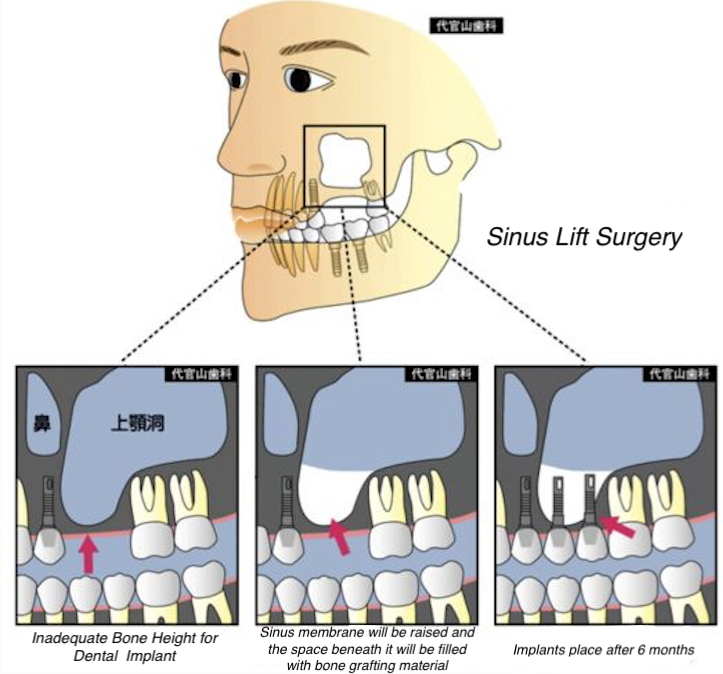
Why is dental implant check up important?
In maintenance therapy, the goal is to prevent peri-implant mucositis, the early stage of peri-implant disease. Preventive maintenance appointments can vary from 1-month intervals, depending on the patient and cleansability of the implant restoration. Recare intervals of up to 1 month are suggested, especially for patients with a history of periodontal diseases, to ensure bacterial load reduction with professional treatment and reinforcement of at-home techniques. Both professional clinical care and patient care must be revised as needed.
Cleaning implant-supported tooth replacements is just as important as cleaning natural teeth, as both depend on healthy surrounding tissues for support. Bacterial biofilm (plaque) collects on implant crowns just as it does on natural teeth, and must be removed on a daily basis at home. Without daily biofilm removal, infection can develop known as peri-implantitis (“peri” – around; implant “itis” – inflammation), which can result in loss of the attachment described above. Unlike inflammation around teeth, this reaction can be quite catastrophic both in rate and amount, quickly leading to a well- or dish-shaped loss of bone around an affected implant. Bone loss can rapidly progress to loss of the implant.
Dental Implants can last a long time when they are maintained with good oral hygiene at home and regular maintenance with your dental health care provider. Continuing, or starting, a daily routine of brushing and flossing is paramount along with making sensible lifestyle choices to maintain your overall health.
Commit to regular dental check-ups and hygienist appointments. This will help the dentist and hygienist monitor the progress of your implants while giving your replacement teeth the professional clean and care they need.
In maintenance therapy, the goal is to prevent peri-implant mucositis, the early stage of peri-implant disease. Preventive maintenance appointments can vary from 1-month intervals, depending on the patient and cleansability of the implant restoration. Recare intervals of up to 1 month are suggested, especially for patients with a history of periodontal diseases, to ensure bacterial load reduction with professional treatment and reinforcement of at-home techniques. Both professional clinical care and patient care must be revised as needed.
Cleaning implant-supported tooth replacements is just as important as cleaning natural teeth, as both depend on healthy surrounding tissues for support. Bacterial biofilm (plaque) collects on implant crowns just as it does on natural teeth, and must be removed on a daily basis at home. Without daily biofilm removal, infection can develop known as peri-implantitis (“peri” – around; implant “itis” – inflammation), which can result in loss of the attachment described above. Unlike inflammation around teeth, this reaction can be quite catastrophic both in rate and amount, quickly leading to a well- or dish-shaped loss of bone around an affected implant. Bone loss can rapidly progress to loss of the implant.
Dental Implants can last a long time when they are maintained with good oral hygiene at home and regular maintenance with your dental health care provider. Continuing, or starting, a daily routine of brushing and flossing is paramount along with making sensible lifestyle choices to maintain your overall health.
Commit to regular dental check-ups and hygienist appointments. This will help the dentist and hygienist monitor the progress of your implants while giving your replacement teeth the professional clean and care they need.
Suggested Maintenance Protocol
Gum assessment
Plaque check
Radiographs to monitor bone level
Clinical probing depth
Bleeding on probing
Mobility
Occlusion
Teeth grinding habits
Fee schedule
Dental Implant Treatment Fee
-
CT Scanning (at the specialized facility) Approximately ¥20,000 / each time
-
CT Analysis ¥30,000-40,000 / each time
-
Bone Graft Surgery ¥200,000~ / one part
-
CT Stent From ¥25,000~
-
Dental Implant ¥500,000 ~ / each
(includes 1st and 2nd surgery, and the final crown)
※We will discuss the material of the final crown.
Please call us at
03-3462-0787
Please call us at
03-3462-0787
